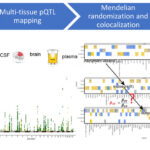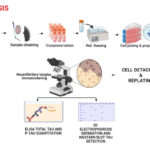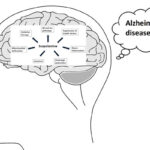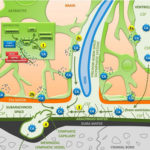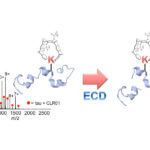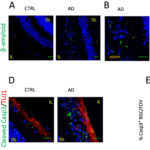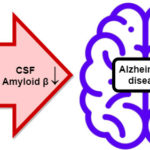Tag Archives:Alzheimer
Deep Molecular Profiling to understand the biology of Alzheimer disease
The use of olfactory neuronal precursors for antemortem Alzheimer’s Disease diagnosis
是否合适of scopolamine as an Alzheimer’s model
Physiological brainwashing
Most common behavioral problems in people with dementia
A mass spectrometry view of the interaction of Alzheimer’s disease proteins with an anti-aggregation compound
Biomarkers for Alzheimer’s disease diagnosis: an eye on retinal inflammation
Repetitive DNA in the ABCA7 gene influences Alzheimer’s disease
Novel perspectives for the Alzheimer´s disease therapy in a multitargeted approach
Alzheimer´s disease (AD) is the most wide-spread neurodegenerative disease and develops to a main problem for a society in which the people get older and older as a result of improved drug developments and therapies. The benefit

